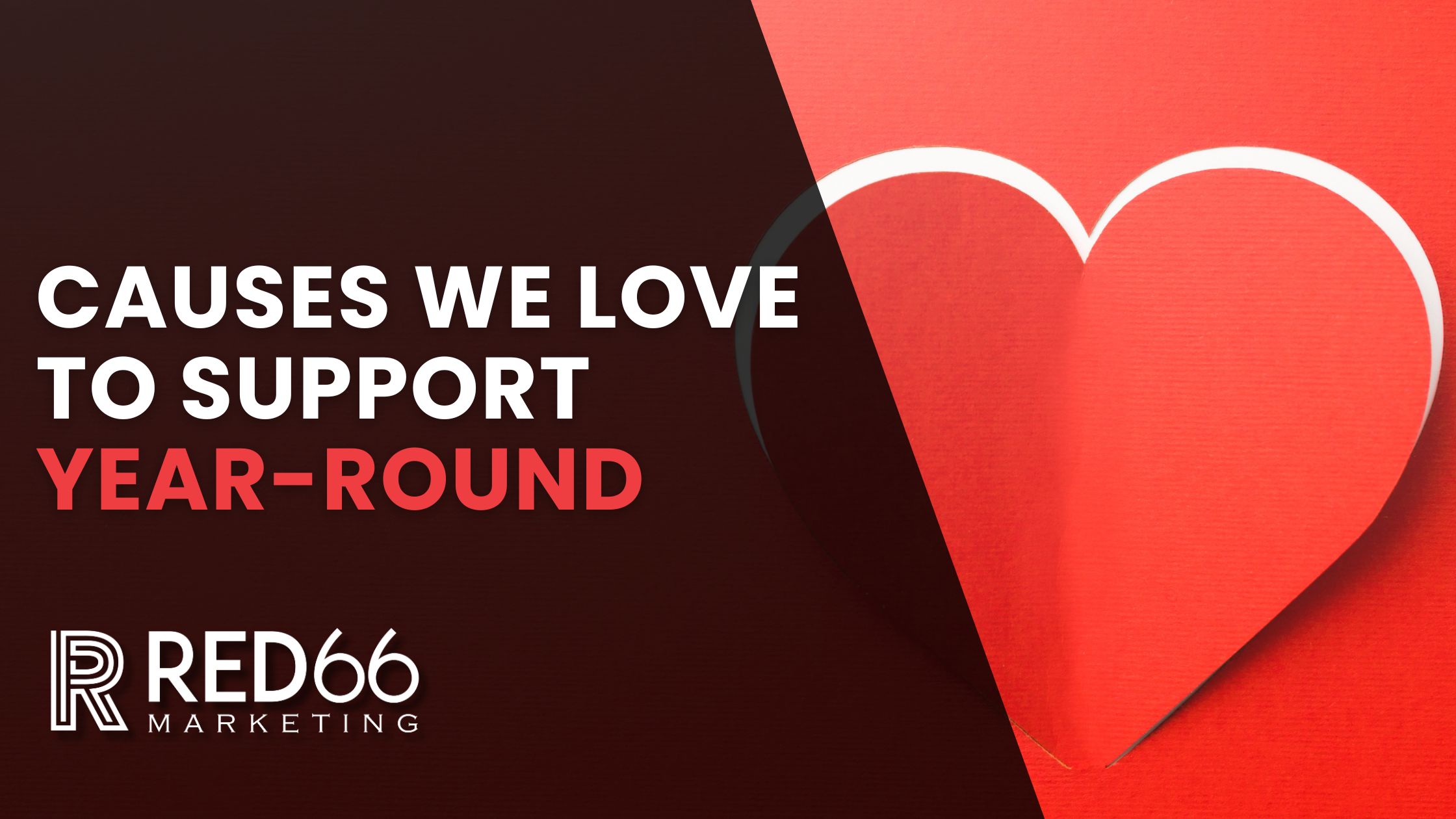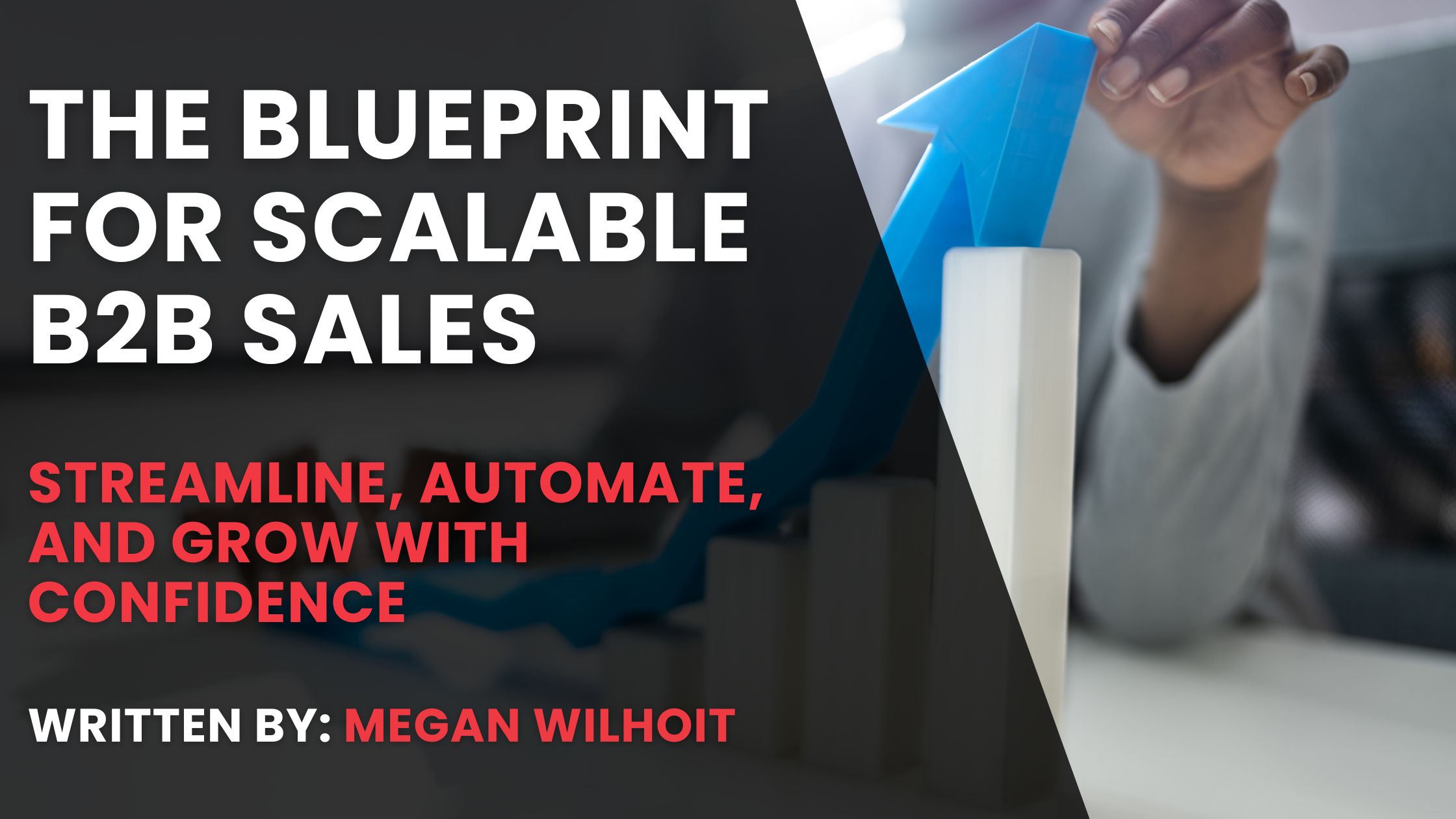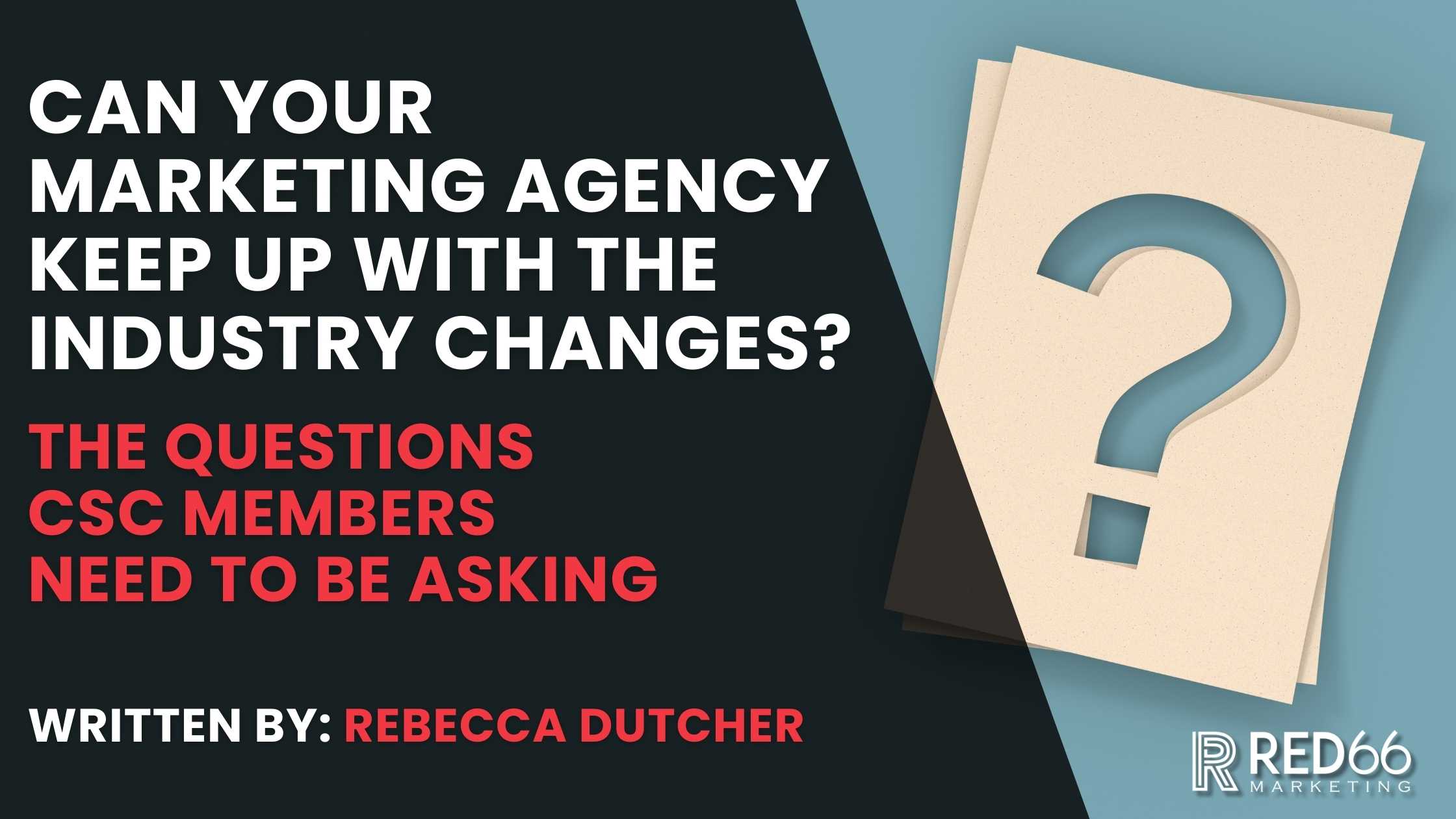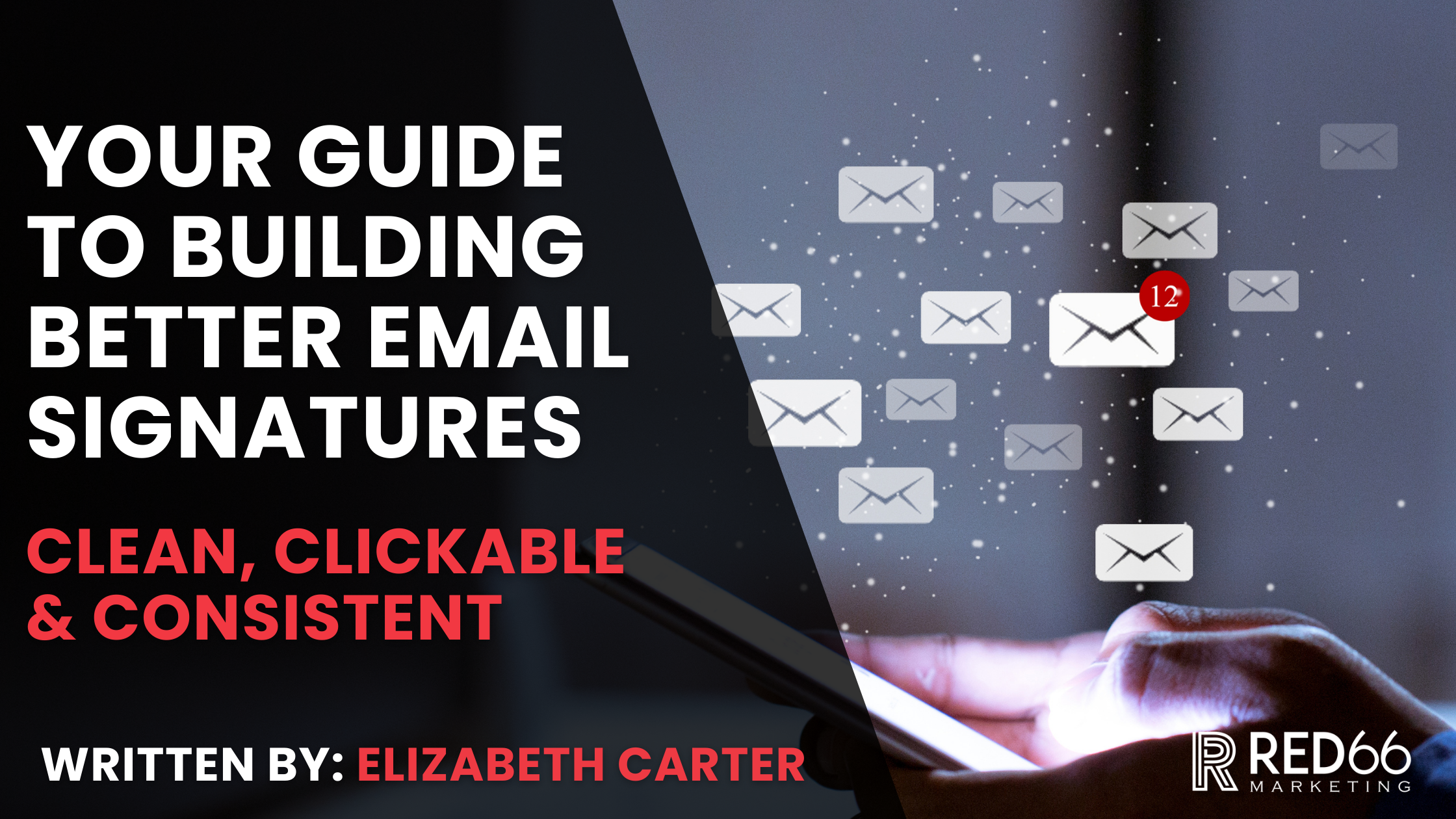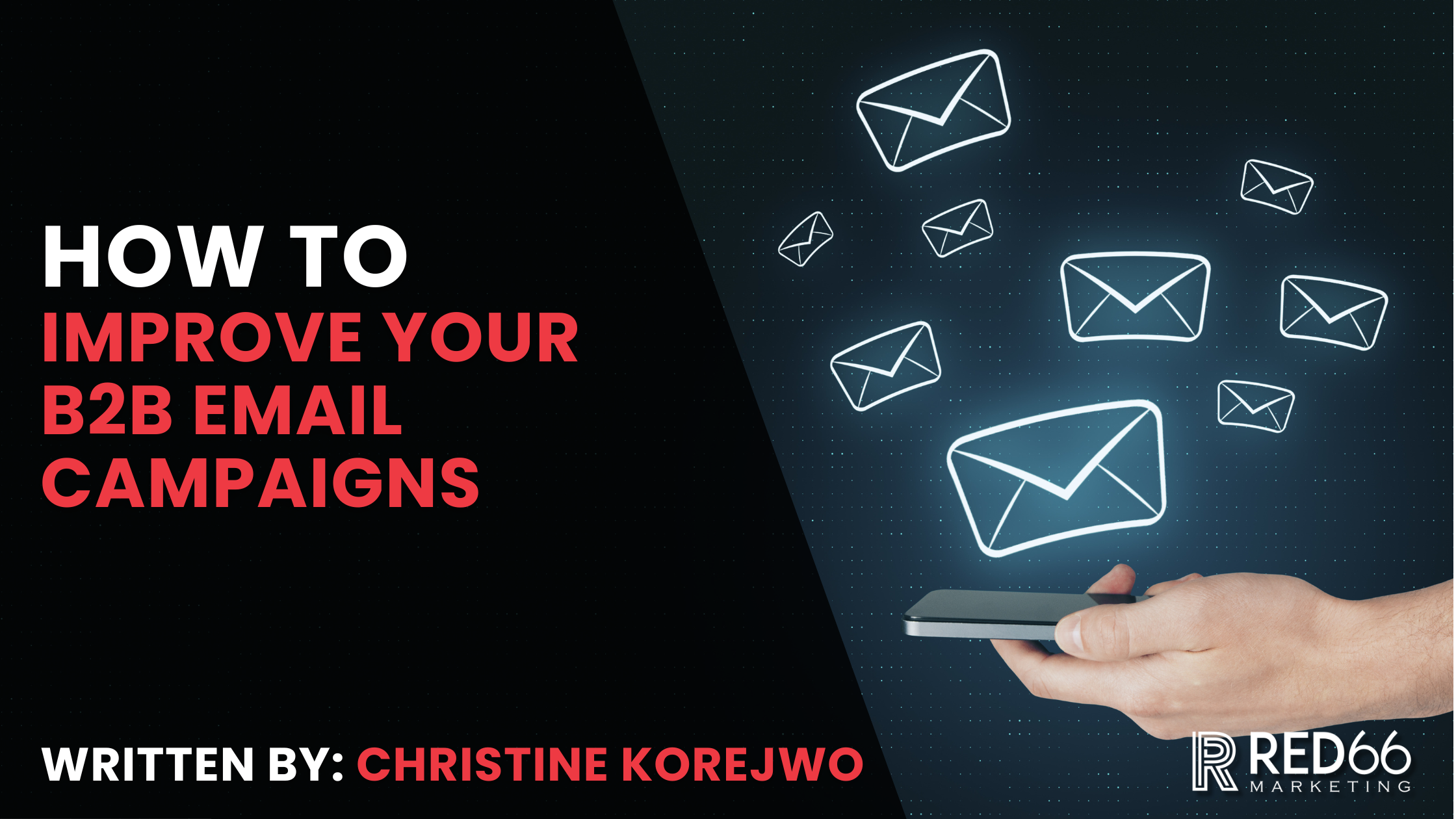A Beginner’s Guide to Retargeting Ads for B2B Service Businesses
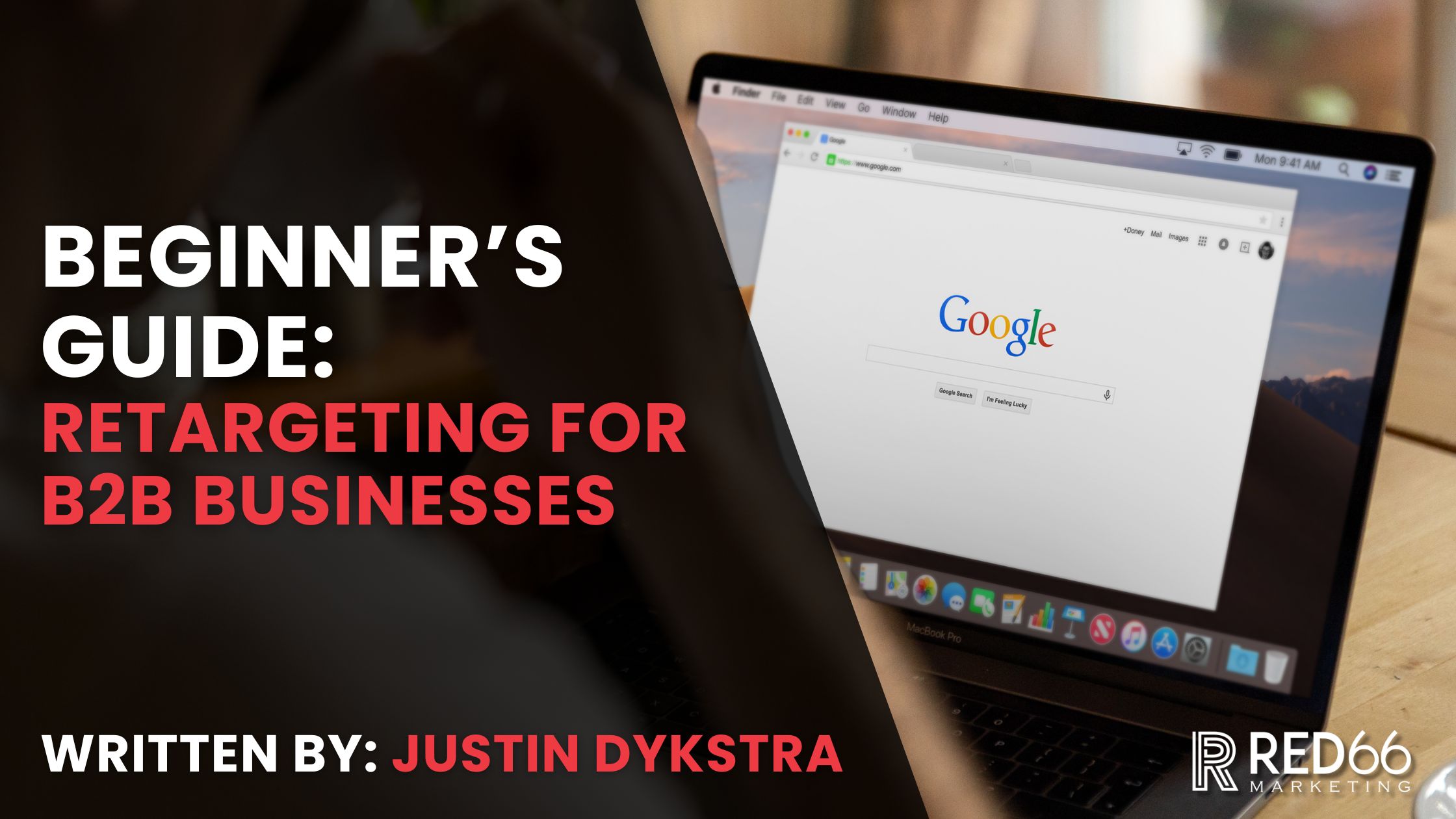
Why You’re Losing Leads Without Even Knowing It
B2B companies are often successful in driving traffic to their websites but, fail to turn that traffic into conversions. And it’s not for lack of interest.
In fact, research shows that 96% of website visitors leave without completing a desired action such as filling out a form or requesting a quote (WordStream). That’s a massive drop-off. Especially in industries with high-consideration services and long sales cycles, decision-makers often need multiple touchpoints before they’re ready to take action.
That’s where retargeting ads come in. Retargeting is one of the most cost-effective and strategic ways to stay in front of those warm leads. When someone visits your site, engages with your brand, or starts a form and leaves, retargeting lets you follow up automatically with messaging that brings them back when they’re ready to convert.
1. What Are Retargeting Ads?
Retargeting ads are digital ads shown specifically to people who have previously interacted with your business. These interactions might include:
- Visiting your website or key service pages
- Starting but not completing a quote or contact form
- Watching a video about your company
- Being part of your CRM or customer database
These ads run across major platforms such as:
Meta (Facebook and Instagram)
Google Ads
LinkedIn Ads
By placing a tracking code like a Meta Pixel or Google Tag on your website, you can identify and segment users who take high-intent actions. For example, if someone views your “Industries We Serve” page or visits your “Request a Quote” form but exits before submitting, you can serve them a retargeting ad highlighting testimonials, service benefits, or a simple reminder to follow up.
This tactic is particularly useful in B2B, where buyers are doing research over days, weeks, or even months. Retargeting helps keep your brand top-of-mind without relying on email or phone follow-ups.
2. Why Retargeting Works for B2B Businesses
In service-based industries, decision-makers are rarely impulsive. Uniform contracts, linen services, and facility maintenance agreements are long-term decisions. These buyers need time to evaluate options, compare pricing, get internal approval, and weigh operational needs.
According to Think with Google, buyers conduct an average of 12 online searches before ever reaching out to a business. That means the chance of converting a first-time visitor is slim.
Retargeting helps fill that gap by:
- Reinforcing your credibility through repeated visibility
- Addressing objections or concerns through targeted messaging
- Building familiarity and brand trust over time
- Re-engaging visitors who showed intent but didn’t convert
Additionally, Meta’s internal data shows that retargeting campaigns can lead to up to 70% higher conversion rates compared to prospecting campaigns. It is not about casting a wide net. It is about bringing back the right people who have already shown interest.
3. Simple Retargeting Campaign Ideas to Start With
Getting started with retargeting does not have to be complex. Here are a few foundational campaign types that deliver results for B2B:
- Website Visitors: Create an audience of people who visited specific high-intent pages like “Industries We Serve,” “Contact,” or “Request a Quote”
- Form Abandoners: Target users who began filling out a form but didn’t finish. These are often your most valuable warm leads
- Video Watchers: Re-engage users who watched a certain percentage of a promotional or service overview video
- CRM Uploads: Upload your existing customer or lead database to Meta or Google. Use it to re-engage dormant leads or upsell existing clients
One pro tip: Set frequency caps so your ads are seen enough to be effective but not so often that they annoy your audience. A good starting point is 2 to 3 impressions per week per user (Meta best practices).
4. What You Need to Get Started
The tech setup for retargeting is simple but critical. Here is what you will need:
- Meta Pixel or Google Tag: These tools track behavior on your website and allow you to build retargeting audiences
- A List of Key Pages: Identify your top-performing or high-intent pages. These are where retargeting audiences should be built from
- Strong Ad Creative: Your ads should answer objections, provide clarity, and remind the viewer why your service is the right fit
- CRM Integration (Optional but Powerful): If you can sync your CRM with Meta or Google using tools like Zapier or direct API connections, you can retarget leads based on deal stage, service interest, or geographic region
Meta also encourages the use of the Conversions API, which sends server-side data to improve performance tracking. This helps avoid signal loss from browser restrictions or iOS updates and can improve attribution accuracy significantly.
Good News: You’re Already Doing the Hard Part, Now Close the Loop
You are already putting in the effort to drive traffic to your website, build awareness, and showcase your services. Retargeting is how you close the loop on all of that work. It helps you follow up with interested buyers, build trust over time, and stay top-of-mind when they are ready to move forward.
Retargeting is not a flashy marketing trick. It is a smart, scalable way to improve ROI, especially in industries where relationships and trust matter most.
If you are not using retargeting yet, now is the time to start. And if you need help setting it up or optimizing it for your business, we’re happy to talk.

